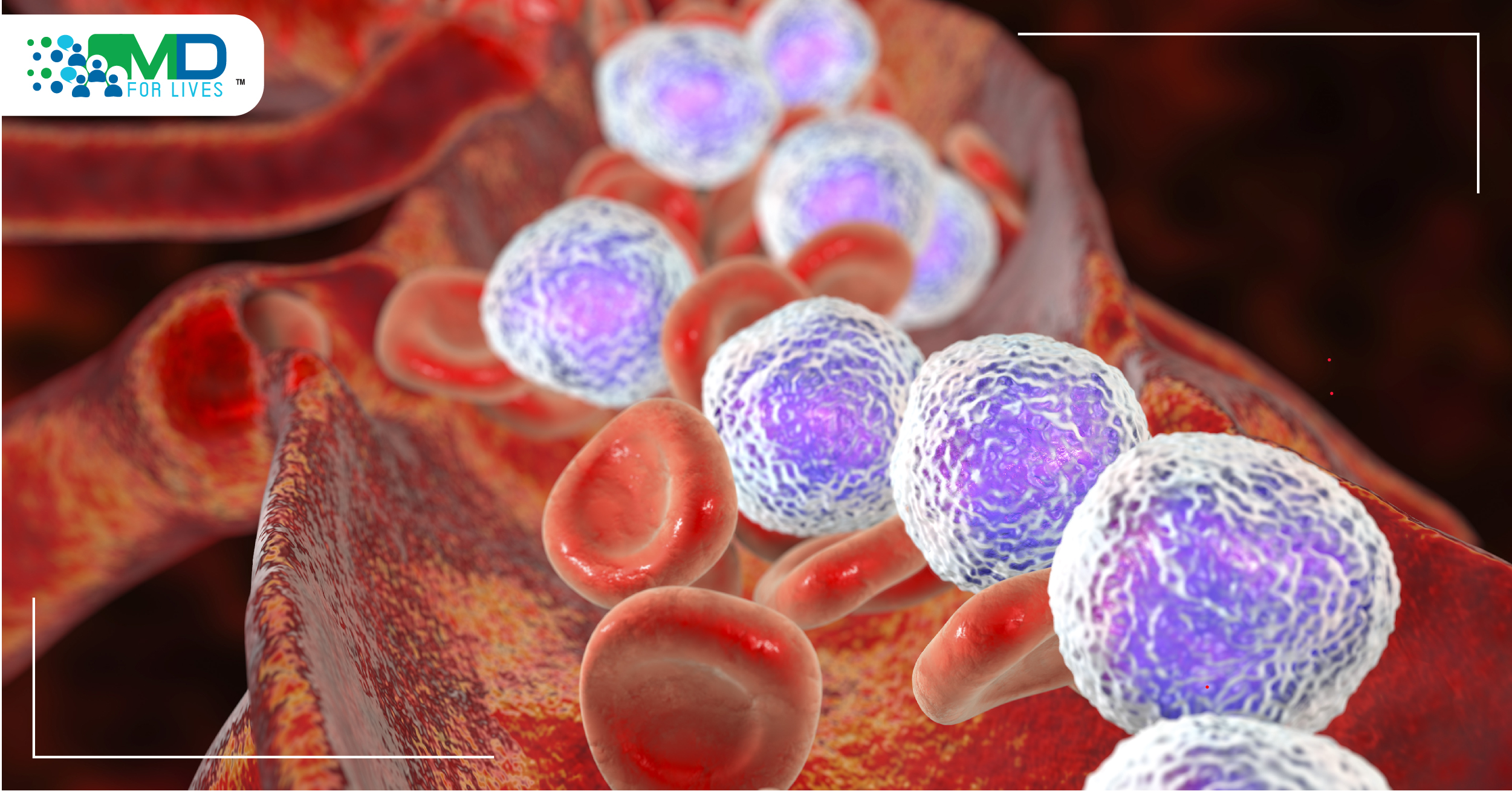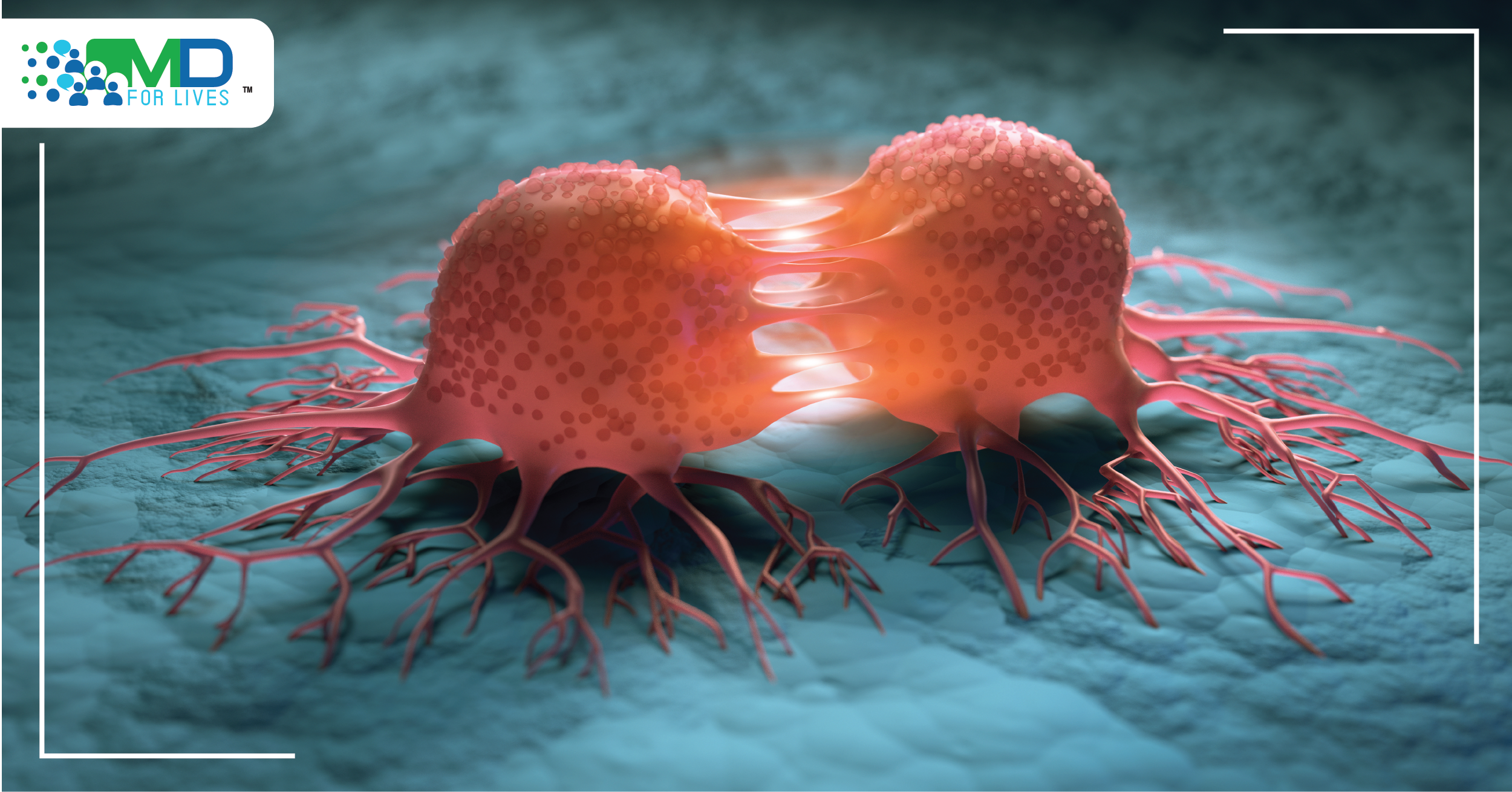What is Gene Therapy?
Gene therapy is a medical field that focuses on genetically altering cells to produce a therapeutic effect or to treat disease by repairing or reconstructing the defective genetic material. Following a series of setbacks at the turn of the century, gene therapy is now being used to treat diseases ranging from neuromuscular disorders to cancer to blindness.
List of Successful Gene Therapies
Researchers in gene therapy can now point to a growing list of successful gene therapies as a result of new knowledge and persistent research.
Some of the promising gene therapies are listed below:
-
Recessive dystrophic epidermolysis bullosa is corrected by gene therapy
People with recessive dystrophic epidermolysis bullosa, a genetic condition that causes widespread skin blistering, have had their skin successfully treated by inserting new collagen genes. In the United States, approximately one in every 800,000 children is born with recessive dystrophic epidermolysis bullosa, a severe condition that causes their skin to be extremely fragile and prone to tearing and blistering. People with this condition have fragile skin due to a faulty version of the collagen gene COL7A1. This means their skin is unable to produce the collagen proteins required for structure and strength.
Peter Marinkovich of Stanford University in California and his colleagues devised a method to insert normal COL7A1 genes into such people’s skin, allowing them to begin producing collagen properly.
They accomplished this by modifying the herpes simplex virus to deliver COL7A1 genes into skin cells. This virus is normally associated with cold sores, but it has been modified so that it cannot replicate or cause disease. It only goes into the cell to deliver the gene.
The gene therapy was then combined with a gel and applied to the skin. It was tested in a late-stage clinical trial involving 31 children and adults with recessive dystrophic epidermolysis bullosa in the United States. To compare the difference, each participant had the gene therapy gel applied to one of their wounds and an inactive gel applied to another. The treatment was repeated once a week until the wounds healed. After three months, 71% of the wounds treated with gene therapy had completely healed, compared to 20% of those treated with inactive gel, with no serious side effects.
This is the world’s first gene therapy gel to treat the rare genetic skin condition, recessive dystrophic epidermolysis bullosa.
-
Gene Therapy for Leber’s Optic Hereditary Neuropathy is Making Headway
Leber’s Optic Hereditary Neuropathy (LHON) is a common cause of adolescent blindness in both eyes that currently has no effective treatment. Since Wallace et al. discovered the first LHON mutation in MT-ND4 (m.11778G>A) in 1998, 50 mtDNA mutations have been linked to the disease. These mutations can be classified as either primary or multi-site. Primary mutations are more common in LHON families, and any of them can cause the disease. Common primary mutations include m.11778G>A, m.3460G>A and m.14484T>C, and some studies have shown that mutations in one of these three sites cause 90% of LHON cases. As a result, detecting these three mutations has become the gold standard in the diagnosis of LHON. Multi-site LHON mutations can be found in families and the general population. Multi-site mutations, such as m.3394T>C, cannot cause LHON on their own, but they may have a phenotypic effect when combined with a primary causative LHON mutation.
In LHON gene therapy, normal (wild-type) unmutated MT-ND4 is transferred into a patient’s cells that contain mutated MT-ND4. This wild-type gene will then be translated into a fully functional ND4 that will be imported into the mitochondria to replace the mutated ND4. This replacement restores the protein’s physiological function in its role in cellular respiration, achieving the goal of treating LHON. In mitochondria, ND4, ND1 and ND2 form complex I, and repairing ND4 allows normal physiological functions to resume.
-
Gene therapy has made inroads in the fight against cancer
An approach known as chimeric antigen receptor (CAR) T cell therapy can treat certain blood cancers. It works by instructing a patient’s immune cells to recognize and target cancerous mutations. In this treatment, a patient’s T cells (a type of immune system cell) are modified in the laboratory so that they will attack cancer cells. T cells are collected from a patient’s blood. The gene for a unique receptor that attaches to a specific protein on the patient’s cancer cells is then introduced to the T cells in the laboratory. A chimeric antigen receptor is the name given to this one-of-a-kind receptor (CAR). When the modified T cells are reintroduced into the patient, they reproduce and remain on the lookout for future encounters with cancerous cells. A large number of CAR T cells are grown in the lab and then infused into the patient.
The initial development of CAR T-cell therapies was primarily focused on the most common childhood cancer, acute lymphoblastic leukaemia (ALL). Intensive chemotherapy will cure more than 80% of children with ALL that arises in B cells, the most common type of paediatric ALL. However, effective treatments for patients whose cancers return or relapse after chemotherapy or a stem-cell transplant have been limited.
A second CAR T-cell therapy for lymphoma has been approved. Tisagenlecleucel is a new treatment option for some patients with non-Hodgkin lymphoma. However, in 2017, the FDA approved tisagenlecleucel (Kymriah), the first CAR T-cell therapy approved by the agency, based on clinical trials demonstrating it could eradicate cancer in children with relapsed ALL.

-
Single-dose gene replacement therapy for spinal muscular atrophy
Onasemnogene abeparvovec-xioi (Zolgensma) is the first gene therapy approved for the treatment of children with spinal muscular atrophy (SMA). Zolgensma, a single-dose intravenous therapy that targets the cause of SMA, was approved by the Food and Drug Administration (FDA) in May 2019. Zolgensma is specifically indicated for children 2 years of age and younger who do not have an end-stage weakness. The single-dose gene therapy is administered as a one-time IV infusion into the vein. The procedure takes several hours and includes a 60-minute infusion. After the infusion, the child will be monitored for 2 hours by the healthcare team. The child’s vitals will be monitored both during and after the infusion. For up to a year, follow-up appointments with lab tests are required.
The motor nerve cells in the spinal cord are affected by SMA. An inherited faulty SMN1 gene causes this disease. Children have difficulty holding their heads up, breathing, and swallowing as a result of this. The SMN1 gene mutations are classified based on the age of onset and severity, with infantile-onset SMA being the most common and severe. Unfortunately, many children with type 1 SMA do not survive childhood. The Zolgensma one-time-only dose targets the genetic root cause of SMA by replacing the function of the missing or nonworking SMN1 gene with a new, functional copy of a human SMN gene. This promotes proper motor neuron function.
The most common Zolgensma side effects are elevated liver enzymes and vomiting, according to the data. Children who already have a liver problem are at a higher risk of serious liver injury if they are given Zolgensma. As a result, liver function should be evaluated prior to treatment and monitored for at least three months after treatment. Thorough screening and careful post-gene transfer management are critical to the safety and efficacy of onasemnogene abeparvovec-xioi replacement therapy.
Also read
Evolution of Clinical Neuropharmacology
Gene Therapy for Hereditary Eye Diseases






